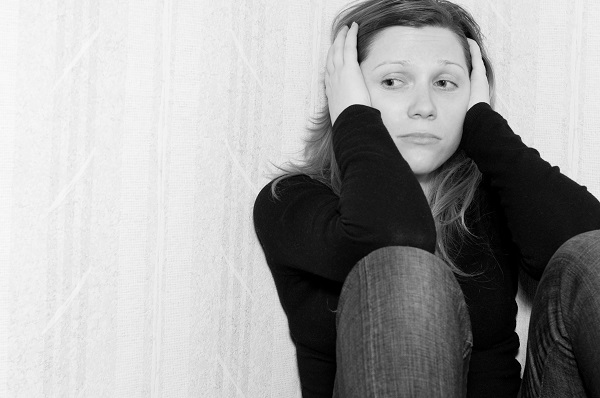How do we detect poverty amongst our students?

I’m going out on a limb and guessing that most of us can’t imagine what life’s like for the tens of thousands of New Zealand children in genuine hardship.
The sad truth is their lives can be pretty much invisible to those of us working in nice offices and living in good homes – or any homes for that matter.
But what about the child you see whose shoes are falling apart? That might be one of your few clues of the significant disadvantage too many children are experiencing.
If you’re reading this, I’m probably preaching to the converted. But you won’t know if that child in the broken down footwear is getting the proper food they need to grow. No presents for their birthday. Not going to the doctor when they’re sick.
That’s one of the truly insidious things about child poverty: its invisibility.
The new year marked six months in my new role as children’s commissioner. Alongside the JR McKenzie Trust and Otago University, we’ve just released the annual Child Poverty Monitor. While the situation hasn’t got worse, it’s no better either.
I am genuinely disturbed by the extent of the issue and the significant challenge we face as a country.
By any measure there are around 85,000-90,000 New Zealand children doing it really tough. Those are the ones both in low income households and in material hardship – going without seven or more things they need, such as shoes, proper clothing, good meals and doctor’s visits. If they’re in a car it probably won’t have a warrant of fitness.
Of course we do get insights into child poverty. In December, there were lines of people queuing for Christmas food parcels and children’s presents outside Auckland City Mission. A few weeks earlier, I visited the Mangere East Family Centre and spoke to families who are finding it very difficult to get by. This was not the 1960s and 1970s New Zealand of my childhood, or even early 1980s Mangere where I worked in the community law centre.
KidsCan is doing great work to support disadvantaged children’s needs through schools. And there are many other groups also doing excellent work in the community. We all need to push harder than ever this year to get more people helping as well.
As a child, I went to Rongotai College in Wellington. Back then and now, the boys there come from a mixed income community; some from well-off families and others are struggling. I’d hate to look in now and see a kid walking by with broken down shoes.
That boy might not have lunch with him. He might not have been to the dentist for years. He might be shivering at home during the winter. The shoes might be the only clue to all that.
I’d challenge anybody to look at the children at their old school and think it’s OK if they’re living in poverty.
This article first appeared in KidsCan newsletter, Summer 2017.







Child poverty is an insidious thing which casts aspersions on responsible, diligent perents. Perhaps the distribution of income is as much a problem, as the lack of income. For most people, there is no obvious solution, but for people who receive a benefit, it might be possible to improve the income of the whole family. If beneficiaries had rent paid, food vouchers issued, had utilities paid and received a small amount of cash, the whole family is likely to have a higher standard of living. In addition, if beneficiaries received free school uniforms, free school lunches, free school fees, free doctors, then the gap between rich and poor might well be closed.